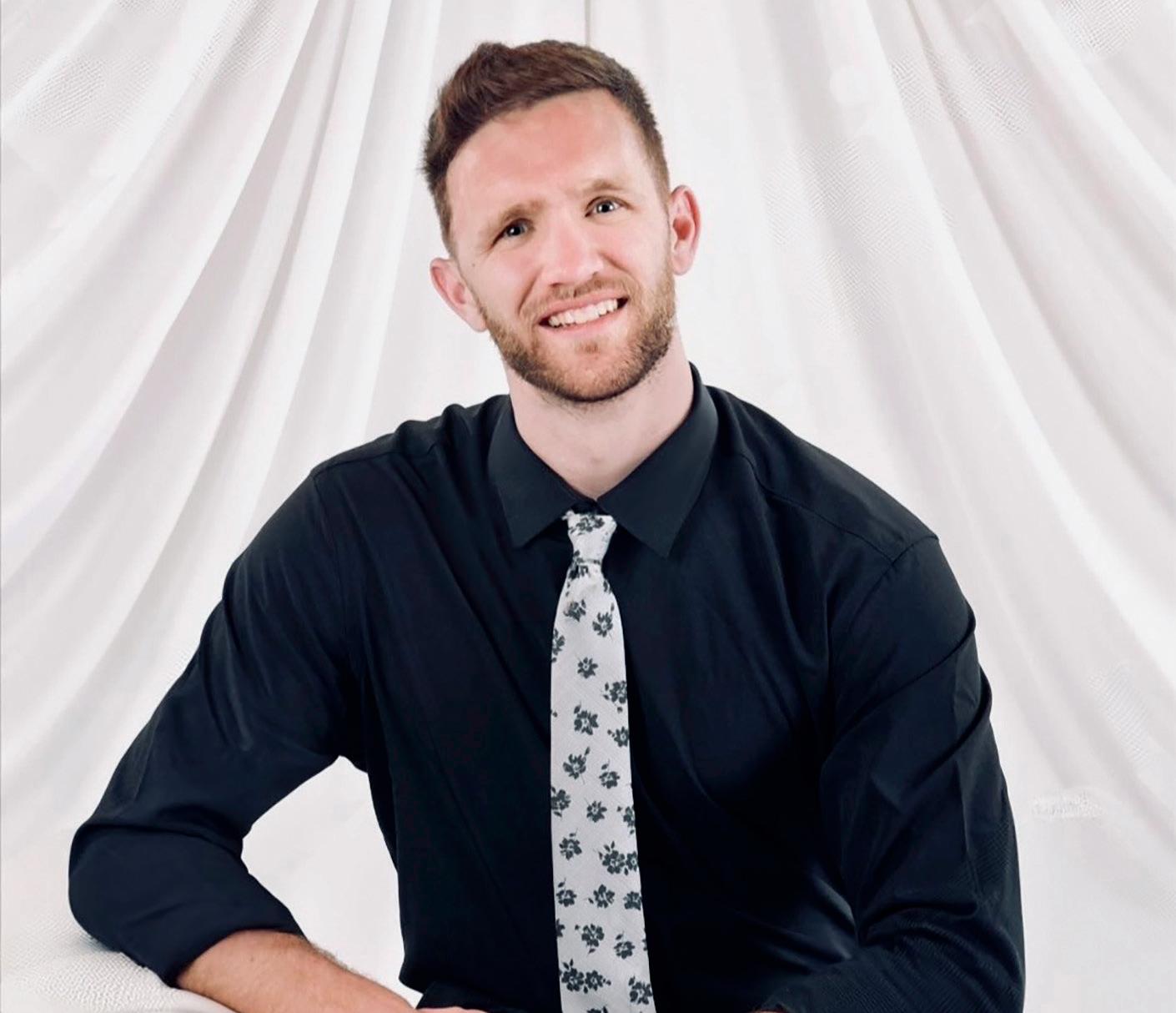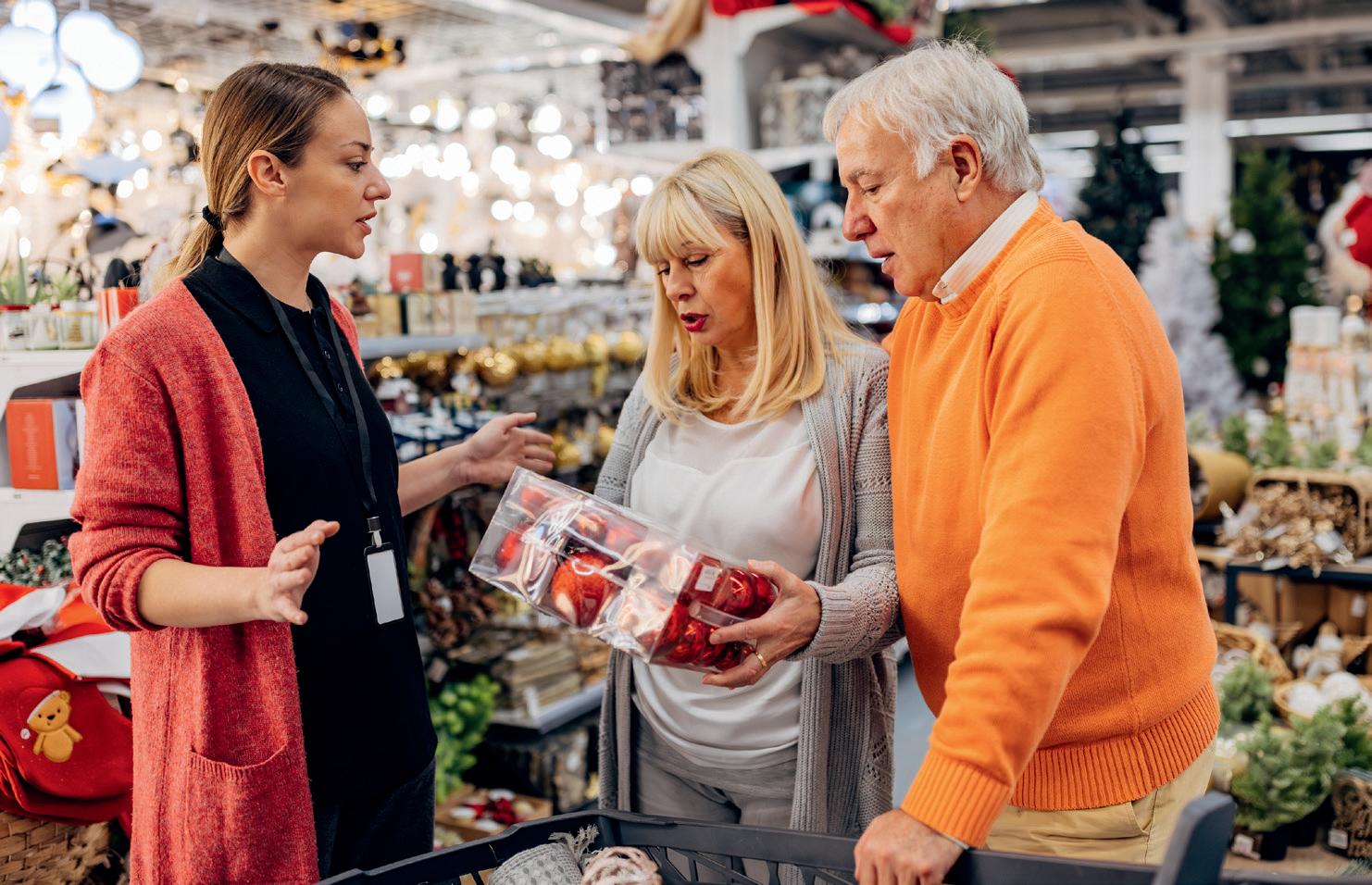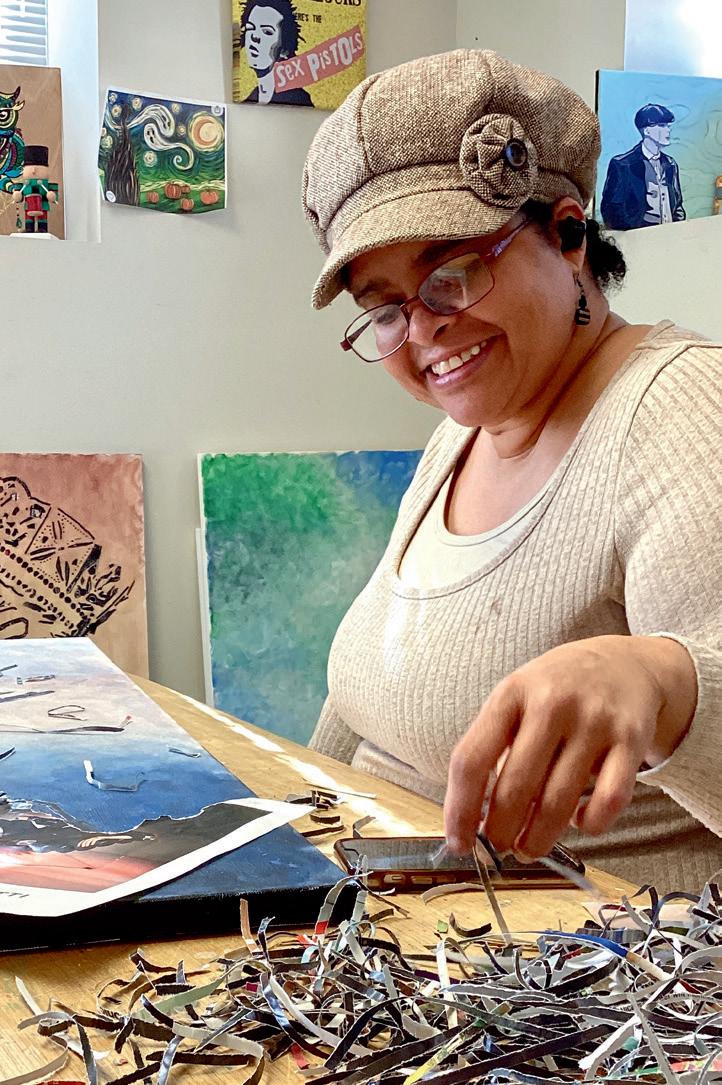brain waves
Center for Traumatic Brain Injury Research at Kessler Foundation
Northern New Jersey Traumatic Brain Injury System


Center for Traumatic Brain Injury Research at Kessler Foundation
Northern New Jersey Traumatic Brain Injury System

Luke Bohnenberger turned a devastating brain injury into a platform to inspire others.
BY REBECA COSTA DO NASCIMENTO
It was the call no family ever expects to receive. On the morning of March 13, 2015, Luke Bohnenberger’s parents were told their 19-year-old son was involved in a car accident.
>> continued inside, left page
Mental health advocate, coach, author, and TBI survivor Luke Bohnenberger recently shared his remarkable story in a podcast, “Recycling Pain: Pain to Purpose.” In it, he presents an important message of hope and healing, one that focuses on acceptance, self-worth, support, and finding a new purpose. It’s what Luke calls “vision to victory.”
This presentation, part of our quarterly Brainstorm series, is sponsored by the Northern New Jersey Traumatic Brain Injury System and Kessler Foundation.
Access the presentation by scanning the QR code below or going to Bit.ly/3SdWfri?r=qr.
<< continued from front cover
He had life-threatening injuries and was given only a five percent chance of surviving. He underwent multiple surgeries, including a craniectomy in which a portion of his skull was removed to relieve pressure on his injured brain. He developed serious infections and had seizures. But Luke defied the odds.
His physical recovery was swift, but Luke struggled to adjust. “There are two sides to my story: the part I remember and the part that people tell me what happened. It was all very confusing to me,” he admits. “I should have been grateful to be alive, but instead I was filled with rage. I was increasingly angry, impulsive, and violent. I was in a really dark place.”
“Recovery is a journey. It takes time.”
– Luke Bohnenberger
A turning point
Luke was admitted to a mental health facility where he soon realized he wasn’t alone.
“Being around other people who were dealing with emotional struggles helped me see through my pain,” he says. Not wanting to be defined by his injury, Luke decided to turn his pain into purpose. He would use it to give back…and help
others learn to work through their pain. Sharing his story would be a start.
Hitting what he calls “rock bottom” actually gave Luke the foundation for success. He began volunteering at a rehabilitation center near his home in South Carolina. He became a certified coach, published a book, and launched his own motivational speaking company. He is a tireless advocate for the mental health of TBI survivors and active in South Carolina’s Brain Injury Association. In 2019, he got married and now has two young daughters.
“The message here is that you can’t wait until you’re ‘fully recovered’ to start living,” says Luke. “Recovery is a journey. It takes time. Like I tell other survivors, whatever point you’re at — whether it’s 25 percent or 50 percent — you can always give 100 percent.”
Giving back has helped Luke move forward. So has having a strong support network. He has learned to accept his TBI — his pain — and regained control of his life. “People with a brain injury may have trouble walking, talking, seeing, or other
problems. But we all struggle with our mental health. By turning that pain into purpose — and by sharing our stories — we can let go of the past and look to the future.”
Rebeca Costa do Nascimento is a research assistant in the Center for Traumatic Brain Injury Research at Kessler Foundation.
TBI survivor Luke Bohnenberger shares some of the life lessons he’s learned to help others turn pain into purpose.
1. In order to grow, you need to let go. Accept your injury. Your old self is gone, but the new you will be the best you.
2. We all experience pain. The key is to find meaning — your purpose — in it.
3. If your people aren’t pushing you forward in your recovery, they’re holding you back. Have a strong, supportive community around you.
4. Share your story. Stories can change lives. Stories can save lives.
BY LEANNE ARIAS, OTR/L, CSRS
Community reintegration, the process of returning to community activities, is an important part of healing after a brain injury.

For many people with a TBI, adjusting to a “new normal” is not just about getting better physically. It also means reconnecting with friends, doing things that feel meaningful, and finding a sense of purpose again. However, changes in thinking, emotions, and the body can make familiar activities seem strange or hard. Feelings of loneliness or isolation are also common. It’s important to recognize these feelings and understand that getting back into the community takes time. And that means taking it one step at a time!
Occupational therapy can help with this process. Therapists work with TBI survivors to regain the skills needed to talk with others, make plans, handle emotions, and gain confidence. These are key parts of a successful social life. Carefully planned outings to stores, restaurants, and other local venues, as well as group therapy
sessions and peer support groups, provide a safe place to practice these skills.
Family education and support matter, too. Loved ones can provide encouragement, help set small, reachable goals, and offer gentle reminders when in social settings. As therapists, we help guide our clients in taking those small steps toward being social again, without feeling pressure.
Going back into the community is not just about being there. It’s about finding yourself and rebuilding important connections. With support, patience, and the right therapy, people with TBI can rediscover their roles, reconnect with others, and return to their community with confidence.
Leanne Arias, OTR/L, CSRS, is a rehabilitation therapy manager on the brain injury unit at Kessler Institute for Rehabilitation, a Select Medical Hospital, West Orange campus.
Discussing a traumatic brain injury can be difficult. To help ease the conversation, the Model Systems Knowledge Translation Center, in collaboration with the nation’s TBI Model System Centers – including Kessler Foundation – has developed a wide range of free resources for TBI survivors and their families. These important fact sheets, videos, podcasts, and more can be accessed on the MSKTC website at msktc.org/tbi/factsheets.
Changing the lives of people with disabilities
120 Eagle Rock Avenue, Suite 100 East Hanover, NJ 07936-3147
973.324.8362 | KesslerFoundation.org
BrainWaves is published tri-annually by the Northern New Jersey Traumatic Brain Injury Model System, a collaborative research and treatment network led by Kessler Foundation and funded by the National Institute on Disability, Independent Living and Rehabilitation Research. (NIDILRR Grant #90DPTB0032)
Help us help you! Join one of Kessler Foundation’s research studies that are expanding the understanding and treatment of TBI. For more information, scan the code at left, or go to Bit.ly/48Mpx6h.
For TBI survivors, creative activities can help improve communication, build social connections, and advance recovery.
“Artmaking focuses on the skills you have, not your deficiencies. Even with my vision challenges, I can create something beautiful…and this has helped give me a new perspective on life,” says Bill, a TBI survivor and member of the Connecticut-based Inspire Arts program.
Inspire Arts was started by The Supported Living Group to help people with acquired brain injuries and other disabilities express themselves through art. Participants convey their artistry through painting, drawing, collage, textiles, embroidery,
sculpture, jewelry, woodworking, and even gardening. Gallery events showcase the artists’ works during the year.
“We believe the arts spark imagination, foster inclusion, and support healing,” says Rebecca Maloney, senior art program manager. “Through this program, people with brain injuries are able to share their ideas and find a greater sense of purpose within our community – which can be very empowering.”
To learn more about Inspire Arts, visit inspireartsct.com.
